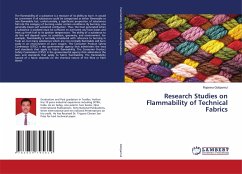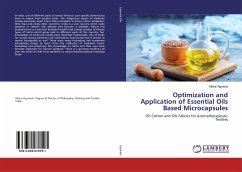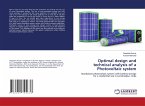The flammability of a substance is a measure of its ability to burn. It would be convenient if all substances could be categorized as either flammable or non-flammable but, unfortunately, a significant proportion of substances fall into the category of burning under certain conditions. By burning, one generally means self sustained combustion. Thus, the heat generated when a substance is oxidized must be sufficient to overcome any heat losses and heat up fresh fuel to its ignition temperature. The ability of a substance to do this will depend upon its condition, geometry, and environment. For example, flammability is normally considered with reference to burning in fresh air, but many substances which are not normally flammable will burn easily in an environment of pure oxygen. The Consumer Product Safety Commission (CPSC) is the governmental agency that administers the laws and standards that apply to fabric flammability. The Consumer Product Safety Commission (CPSC) is the governmental agency that administers the laws and standards that apply to fabric flammability. The flammability hazard of a fabric depends on the chemical nature of the fibre or fibre blend.
Bitte wählen Sie Ihr Anliegen aus.
Rechnungen
Retourenschein anfordern
Bestellstatus
Storno








